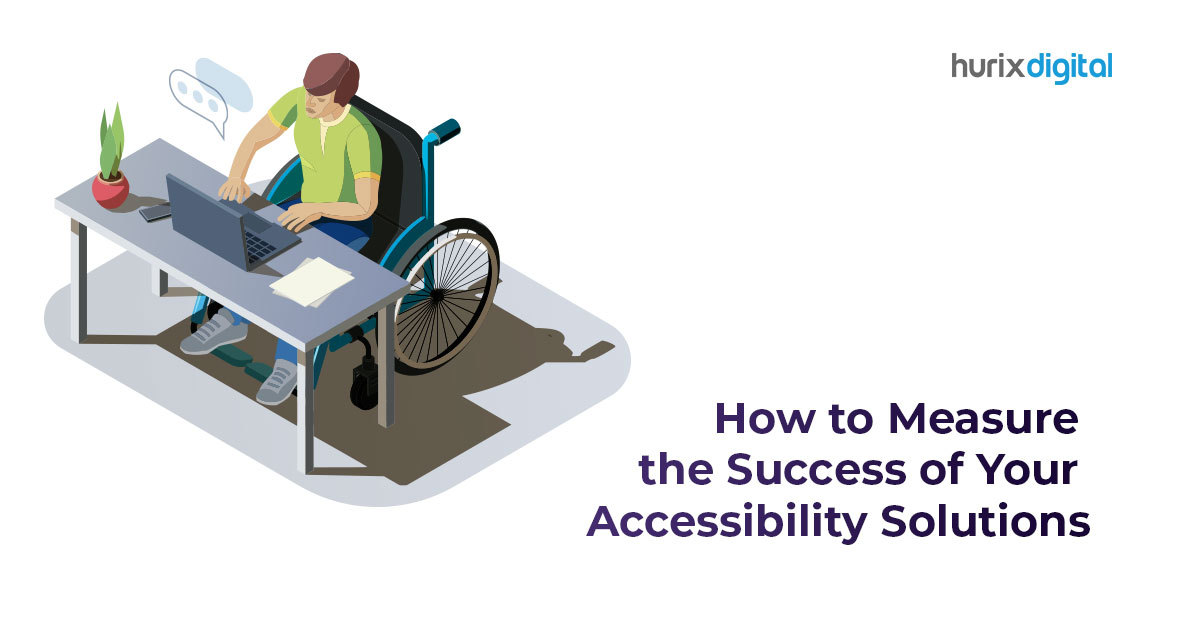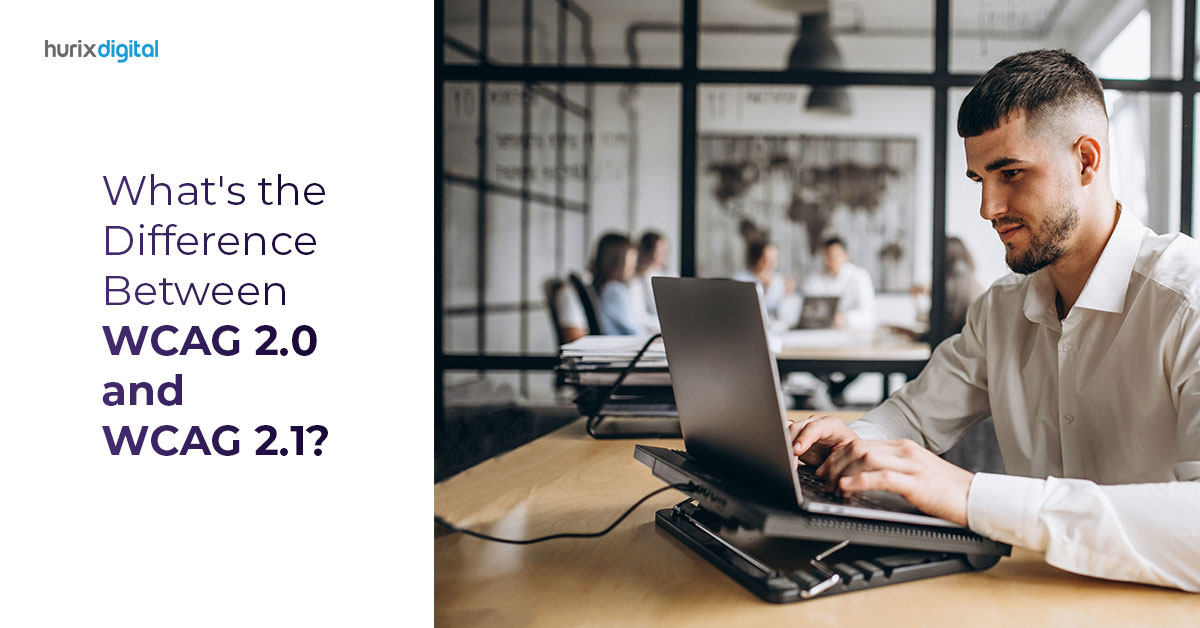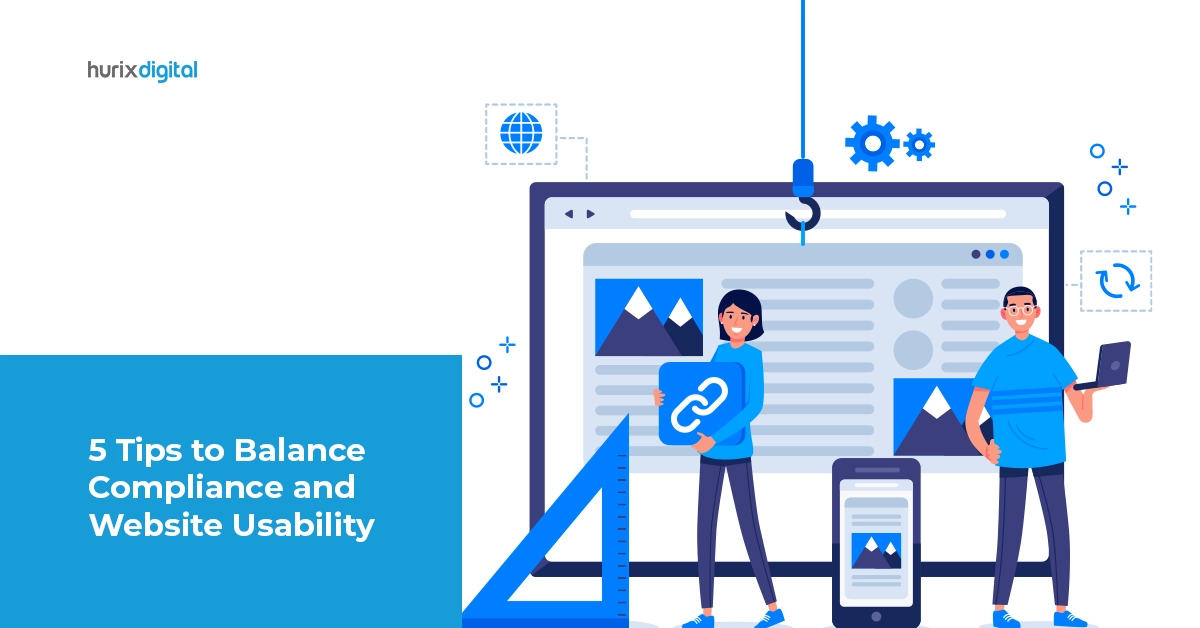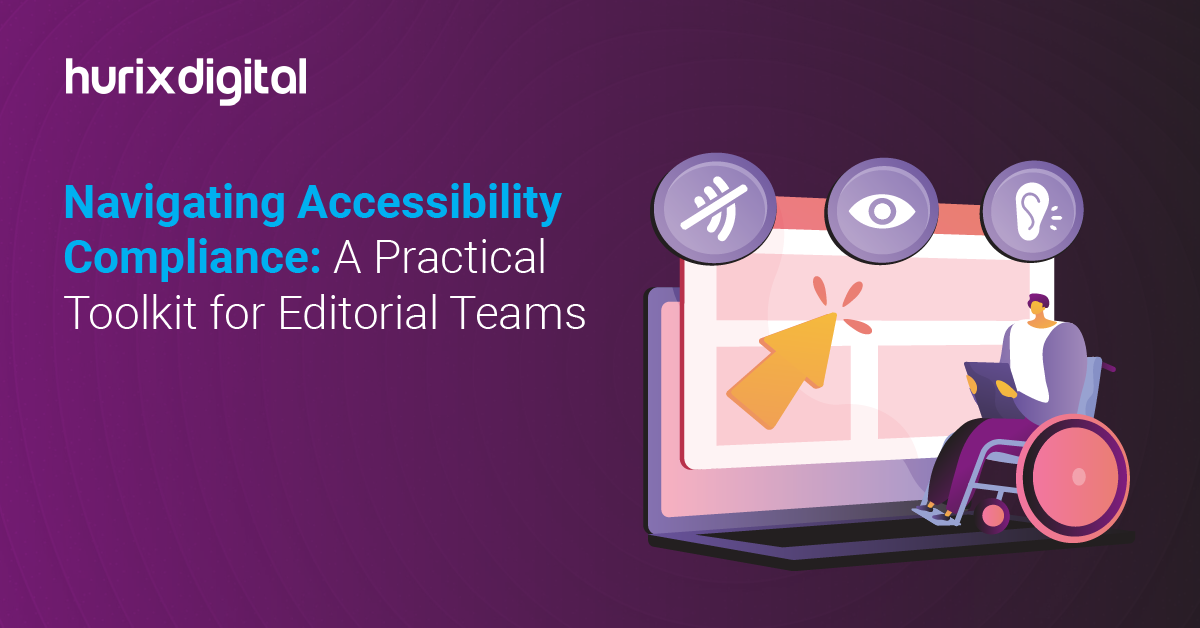
How to Measure the Success of Your Accessibility Solutions?
Summary
The blog evaluates the effectiveness of accessibility solutions. It is crucial for ensuring businesses meet compliance standards and foster inclusivity. By tracking specific metrics, employing experts in the field, and implementing comprehensive maturity models, companies can accurately gauge the success of their accessibility initiatives.
Accessibility has become a key consideration for businesses and organizations, especially given the increasing cases of accessibility lawsuits. A report found that 2,352 web accessibility lawsuits were filed against U.S. businesses in 2021, which was 14.3% more than the previous year, 2020.
However, implementing accessibility solutions is only the first step. Once you have set in place your accessibility solutions, how do you know if they are working? A key part of managing accessibility is developing ways to measure the success of the accessibility solution.
Table of Contents:
- Why Are Accessibility Solutions Important?
- How to Measure the Success of Accessibility Solutions?
- Summing Up
Why Are Accessibility Solutions Important?
Measuring accessibility helps you ensure that your accessibility solutions are serving their purpose. Accessibility is important, not just because it is legal compliance. It also offers multiple benefits for your business, website, and customers.
1. It Promotes Equal Access
Accessibility solutions ensure equal access in your organization. This makes it more inclusive for people with disabilities – both employees and clients.
It also improves the scope and the reach of your organization: by welcoming employees and clients with disabilities, it stands to benefit from a larger pool of talent as well as a larger range of customers.
Successful accessibility solutions can improve your brand image. By making your organization more accessible, you convey to customers and prospects that your company values an inclusive culture. You also enable your business to attract new and diverse talent.
2. It Avoids Legal Claims
Successful accessibility solutions enable your business to keep up with accessibility compliances that are legally required. This helps avoid legal claims and expensive lawsuits.
Legal claims can result in fees and penalties as well as costs incurred in settlements and redesigning systems in your organization.
3. It Improves the Customer Experience
By making your business and company website more accessible, you provide a better experience for users and customers. A study found that 71% of website visitors with disabilities will leave a website if they find that it is not accessible.
Better accessibility allows for more customer engagement and a wider range of viewers and prospects, widening the scope of your market. The more accessible your website and organization are, the more viewers and potential customers you can reach.
In the world of digital marketing, where your online presence is increasingly important, a user-friendly website can make all the difference.
Also Read: What are Accessibility Solutions? 9 Best Web Accessibility Solutions to Consider
How to Measure the Success of Accessibility Solutions?
The best way to ensure that your accessibility solutions are working is to find effective ways to measure their success and how to measure accessibility. The Web Content Accessibility Guidelines (WCAG) provide helpful guidelines that can serve as a checklist for your website accessibility.
In addition to following and cross-checking these guidelines, there are other ways to measure the success of your solutions and initiatives. Here are some practical tips that will help you measure the success of your accessibility solutions.
1. Determine Accessibility Metrics
Accessibility metrics enable you to break down the overall goal of accessibility into smaller, measurable milestones. Make sure to cover all the WCAG criteria when determining your accessibility metrics. These metrics should be actionable, and the responsibility for them should be vested in a particular team.
For instance, different metrics may apply to the web development team, the IT management team, the management team, etc. You may even have an accessibility team if you have a larger business. Each group will have different metrics to consider based on different key performance indicators.
An example of an accessibility metric for a website is color contrast. Another example of an accessibility metric for an organization is the completion rate for accessibility training. How many employees have completed their accessibility training?
2. Categories Accessibility Metrics
Categorizing accessibility metrics helps you identify the different types of accessibility criteria and enables your team to easily assess and evaluate accessibility based on these metrics.
For instance, ARIA, color contrast, multimedia transcripts, text accessibility, and similar design elements can form one category that your web-development team can assess for a web accessibility solution.
3. Monitor Accessibility Solutions
One of the best ways to assess the success of accessibility solutions is to monitor the measures set in place. Continuously monitoring the measures allows you to track the accessibility solutions.
An effective way to monitor success is through direct feedback from employees or customers. Online surveys could allow them to convey their feedback and rate the accessibility of various aspects of your business.
4. Hire Professionals
Considering the importance of accessibility testing, it’s worth hiring professionals to evaluate the accessibility of your organization.
Accessibility professionals, professional web developers, and accessibility companies can inspect various aspects of your business, such as the physical infrastructure, employee programs, customer services, websites, and software.
Consultants can conduct WCAG testing and website accessibility testing to assess how ADA-compliant your business is.
They can suggest specific areas where you can improve the accessibility for employees and customers with different abilities. They can also ensure that your business complies with the guidelines, which are regularly updated.
5. Adopt a Maturity Model
Implementing accessibility solutions to comply with guidelines does not necessarily mean that your business is fully accessible and legally compliant. To ensure accessibility, you can adopt a maturity model to help measure the success of your accessibility efforts.
Maturity models allow you to support the adoption of conduct and practices that influence your organization’s culture. These practices focus on continuous improvement, which enables your organization to regularly update its policies and practices to adjust to employee and customer needs.
These practices will also encourage employees and help improve their work experience, leading to better retention rates and work performance. Additionally, they can help improve customer satisfaction and reduce customer churn rates.
Also Read: How Vital is Web Accessibility in The Digital World?
Summing Up
Measuring the success of your accessibility solutions can help you ensure that they are working to make your organization more accessible for employees and customers.
Maintaining and improving the accessibility of your business helps you keep up with accessibility compliances. It also helps you provide a better and more inclusive experience for users, customers, and employees.
Hurix Digital offers design solutions to help make your website more accessible and user-friendly. Get in touch with us to learn more.

Vice President – Content Transformation at HurixDigital, based in Chennai. With nearly 20 years in digital content, he leads large-scale transformation and accessibility initiatives. A frequent presenter (e.g., London Book Fair 2025), Gokulnath drives AI-powered publishing solutions and inclusive content strategies for global clients








